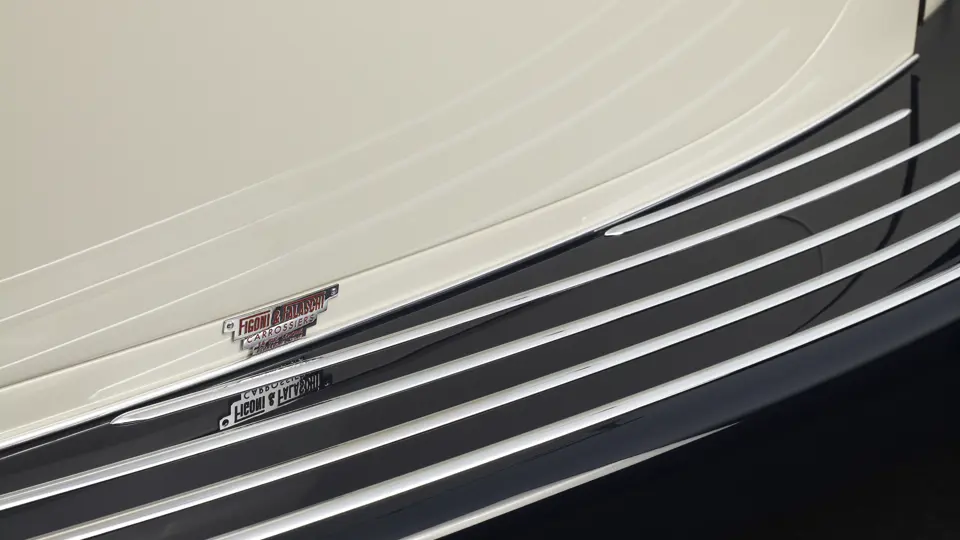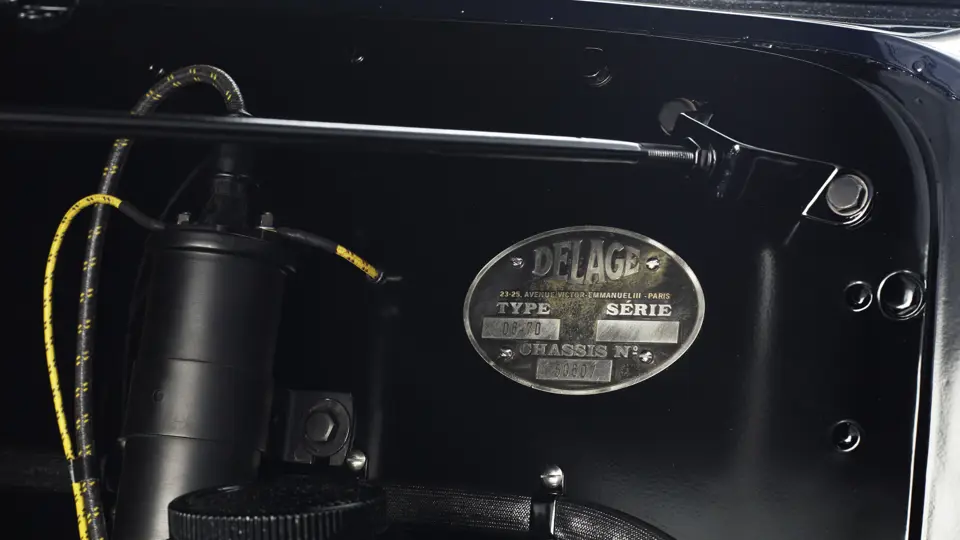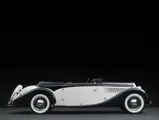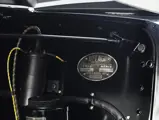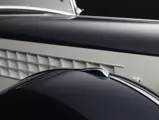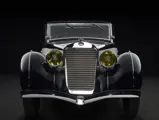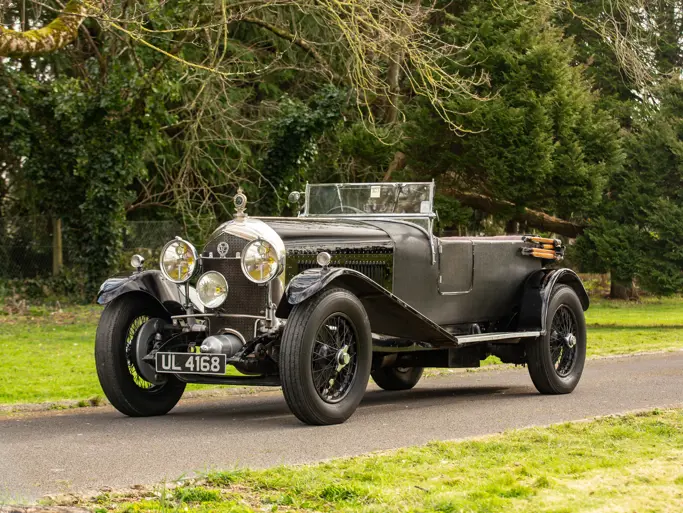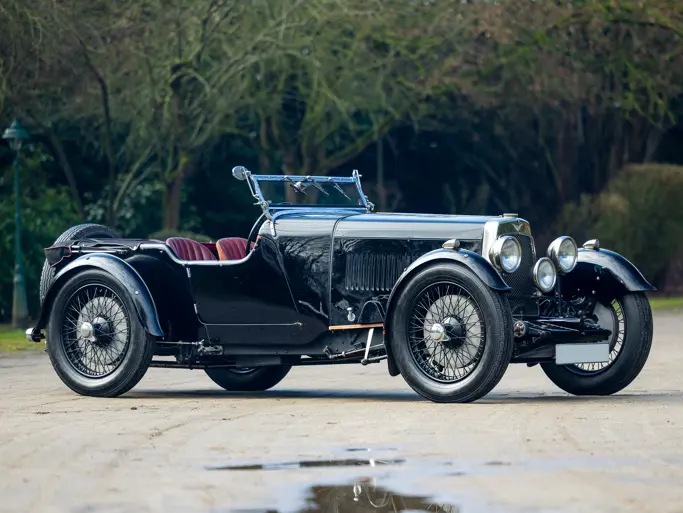90 bhp, 2729 cc six-cylinder engine with inverted Solex carburetor, Cotal four-speed manual transmission, independent front suspension and live rear axle with transverse leaf springs front and rear, and four-wheel hydraulic drum brakes. Wheelbase: 124" (3150 mm)
• Known history since new
• Recent, specialist-administered concours restoration
• Numerous extraordinary design features including folding windshield and three-position top
The D6-70: A Standout of 1930s French Production
After Delahaye merged with Delage in 1935, both Louis Delage and his own technical office remained largely autonomous. Using the Delahaye bank of parts, as required by their agreement, they modified and precisely prepared the forthcoming new model, the D6-70. By contract, it had been decided that neither Delage nor Delahaye would produce cars of the same engine capacity, so Louis Delage used the Delahaye 135 engine and modified it by decreasing it to 2,729 cc and 16 taxable horsepower. In doing so, the engine gained a shorter stroke, which combined with a modified head, gave the new Delage’s engine a lot more vivacity compared with its sister Delahaye 135.
Again, borrowing from the Delahaye parts bin, Louis Delage and talented engineer Arthur Michelat chose the type 134 chassis, which was much lighter than that from the 135, although just as stiff. In trying to prepare the best car possible in the spirit of competition, and with the aim of demonstrating their technical skills to the technical office of Delahaye and Delage, Michelat prepared this frame such that it could be fitted with Houdaille shock absorbers in place of the quite outdated friction shocks fitted to the 135.
Also of much interest was the fact that only the Delage was fitted with modern hydraulic Bendix brakes; the Delahaye range would retain the aged mechanical system until the outbreak of World War II. Louis Delage, a perfectionist himself, wanted his engines to look better than the Delahaye units and had them fitted with both cam and lateral pushrod covers made of aluminum, as opposed to the iron covers of the Delahaye engines.
Most of the D6-70s were equipped with the optional Cotal electromagnetic gearbox, an almost automatic transmission system with four speeds plus reverse. At a time when most transmissions needed a double de-clutch and to be easily cracked when down shifting, the Cotal system, with its silky smooth operation, was a huge improvement over any other concurrent design.
Though Delage prepared the D6-70 with a smaller displacement engine than the Delahaye 135, the combination of a lighter frame mated to a shorter stroke, tuned engine made the new D6-70 quite comparable, performance-wise, to the 135. In fact, the D6-70 was listed in the Delage brochure as a “sport model,” as was the higher-level D8-120, and is widely recognized as the best car built by Delage in the late-1930s.
In test drives published in La Vie Automobile in October 1936 and December of the following year, both journalists concluded that the Delage D6-70 was a car of “grand class” and brought “honors to French (automobile) production.” Charles Faroux considered the car he drove as a “very good sports car,” adding, “for its easiness of driving and silent engine, the D6-70 was the perfect car for grand touring drives.” By the end of the 1930s, rarely were the qualities of sportiness and comfort of ride associated with the same car.
In an interview given some years ago by the late Charles Pozzi, of Ferrari fame, to the French marque specialist and author of Delage, la belle voiture française, Daniel Cabart, Mr. Pozzi agreed with the fact that, having raced both the Delage and the Delahaye in competition, the Delage was a far more pleasurable drive and easier to race than the more “physical” Delahaye, which he described as “truck-like.” It should also be noted that the D6 competition cars twice finished Second Overall at the 24 Heures du Mans, in both 1939 and 1949.
Chassis 50607: A Well-Documented History
Chassis number 50607 was the first cabriolet décapotable, or roadster, out of a small batch bodied by Figoni et Falaschi on a few Delage D6-70 chassis in 1936. According to the late Benoît Bocquet, formerly the official Figoni et Falaschi historian, the commission to build the body arrived at rue Lemoine on February 2nd, 1936, with the rolling chassis being delivered in the coachbuilder’s premises on March 12 of the same year.
It followed design study number 7675, as illustrated by a centerfold in Delage, Styling and Design, by Richard Adatto, and was given body number 557, which it still bears on different chrome plated fairings. This design is of sheer elegance and shows the car in three different configurations, namely with the top up and down, as a cabriolet, and with the “Milord,” or half-cabriolet, setup, which gives this example a specific touch of class so well-crafted by the French school of the 1930s. The artistic way Joseph Figoni penned this Delage’s sketch shows the innovative and slender line that cuts the side of the car, which made his design a standout next to the other renderings of the time, and is representative of Figoni et Falaschi’s signature of innovation and elegance, which made their workshop world-famous in a short period of time. Also of great impact is the fact that 51607 was equipped with an optional folding windscreen, which adds versatility and, moreover, brings that magnificent touch of sport and freedom, which is evocative of a sunset drive along a winding shoreline road.
According to the Figoni et Falaschi archives, 51607 was sold new to the wife of the famous French industrialist Marcel Menesson, whose residence was located at “20 boulevard Suchet in Paris,” a famous avenue nearing le “Bois de Boulogne.” Mr. Menesson, a prolific inventor, developed and built the universally known Solex carburetor, the starting system adapted to most carburetor devices around the world, and the “Velo-Solex,” which encountered a huge acclaim all around Europe post-WWII. He also invented the pneumatic micrometer, which was of great assistance to American factories making precision parts during the war. Interestingly, 51607 is equipped with an inverted Solex carburetor, as were most examples of the Delage, Delahaye, Bugatti, and Hispano-Suiza at the time.
Mme. Jeanne Mennesson was a member of the very select Automobile Club Feminin de France. A car quite similar to, and possibly 50607 itself, won the “Grand Prix d’Honneur toutes categories” during the Concours d’Elégance of this club in 1936. On that occasion, the car was shown by the Duchess d’Echingen and the Princess Amédée de Broglie, but it may be that Mme. Menesson lent her car to these friends for this instance. Similar Delages won a “Grand Prix d’Elegance” in both the elitist events of Deauville and “Le Bois de Boulogne” in 1936. In addition, Mme. Betty Spell, the famous French actress, brought the same honors at “Longchamps,” and Mme. Leon Malinges was awarded with a “Grand Prix d’Honneur” at the 1937 Concours d’Elegance de la Baule, in the northern Atlantic coast of France.
Very proud of their work, Figoni et Falaschi had this car, or a very similar example, displayed on the Delage stand of the 1936 Salon de Paris. Interestingly, two other examples from the 1936 Delage show stand have been sold recently, and it would be astounding to discover, with further research, that this was a third example from that same show.
According to Peter Jacobs, the long-term secretary of the English Delage Register, this car was imported into UK in early-1946 and issued registration number HGP 361 by the London Country Council. The car then passed in the hands of a Major Homi Toni Boga, followed by a Mr. James Oakes in 1956, and a Mr. P.M. Bull in 1959, until being acquired by Mr. Parfitt, of “Sherwook,” in 1969. The car then came back to France with Mr. Repusseau, grandson of the coachbuilder and inventor François Repusseau, whose company was intimately linked with Louis Delage’s pre-WWI development. Mr. Repusseau, a well-regarded member of the French Delage club, had the engine fully rebuilt and finely-tuned by Eric Limpaler, of Mecaretro. The Cotal gearbox was rebuilt by marque specialist Salmeron, shortly before he passed away in 2008. The new owner decided such an exquisite example deserved a no expenses spared restoration and had the car stripped down to its foundation.
The two year process began with full disassembly; the engine and transmission, having been previously restored by specialists, were put aside. Every other piece and part was dismantled and restored with the strictest attention to detail. Chassis, body, brakes, and chrome plating were all disassembled and rebuilt or refinished, as appropriate. The cosmetic result is spectacular, and the color combination looks just magnificent with its matching and beautifully installed upholstery. The car develops the same attraction power it brought at the 1936 Salon de Paris and will be a perfect new entrant for some of the most important concours events the world over.
The late-1930s masterpieces by Figoni et Falaschi seldom come to the market; this car, in fully restored condition, will for sure attract intense attention wherever it appears. A prominent model amongst the Delage production, with a fully-documented history and sporting its original and beautifully penned body by Figoni et Falaschi, the most acclaimed French coachbuilder of all time, 50607 will surely bring many accolades to its new owner, the same way it did back in 1936 when owned by its first custodian, Madame Jeanne Menesson. Today, this expertly restored D6-70 still maintains its original panache and astonishing performance capability; any driver would be surprised by the ease of its handling, which would surely conjure an irrepressible call to hit the road.
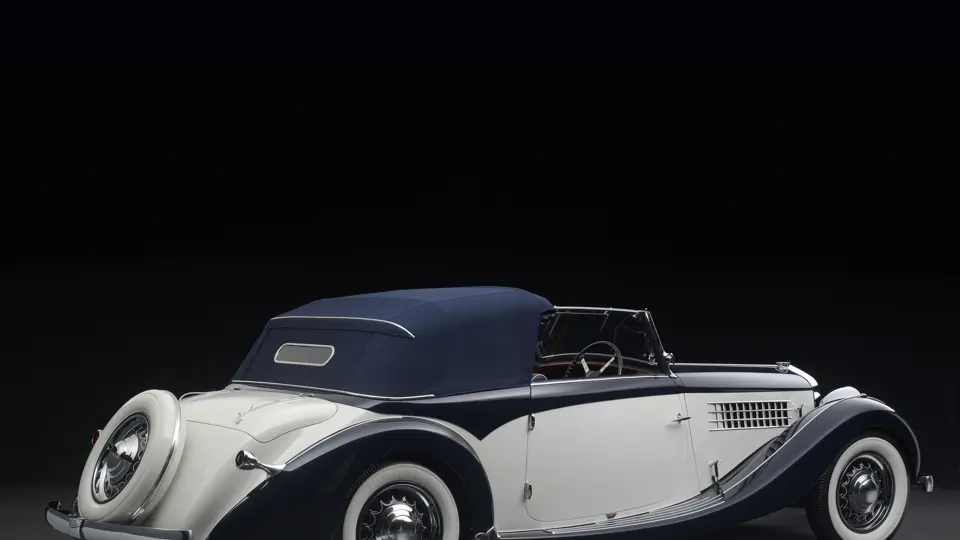



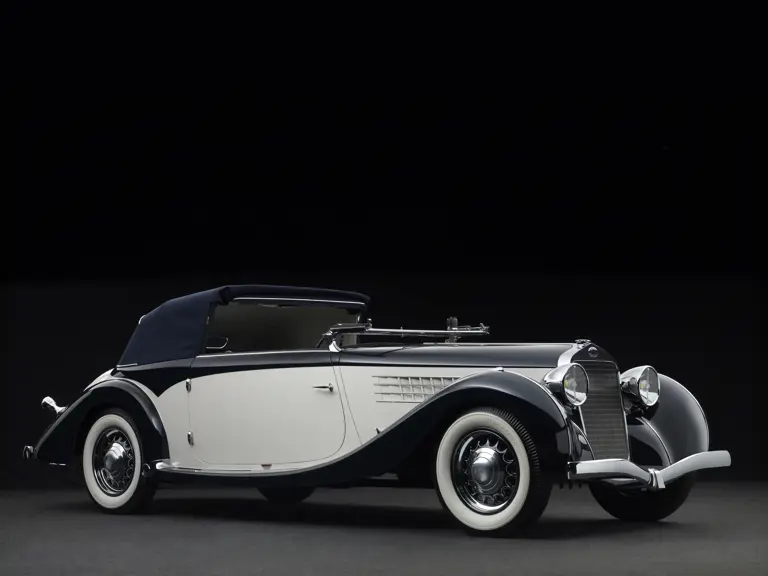
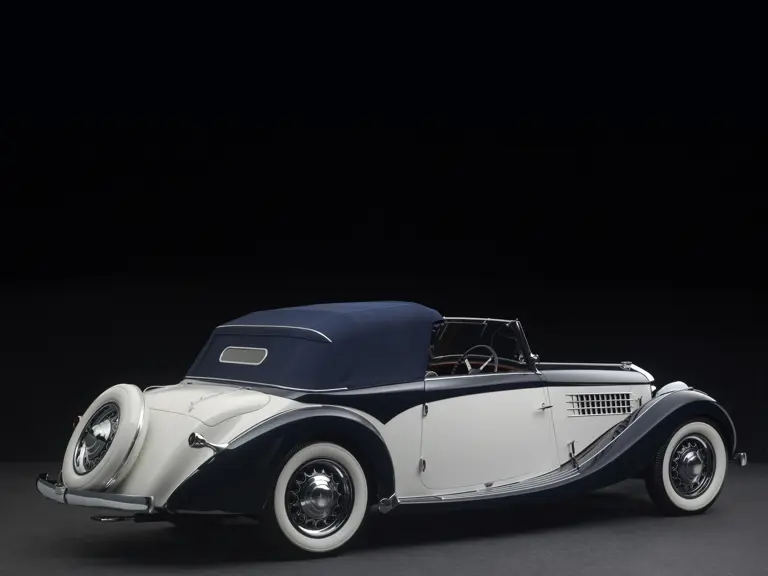
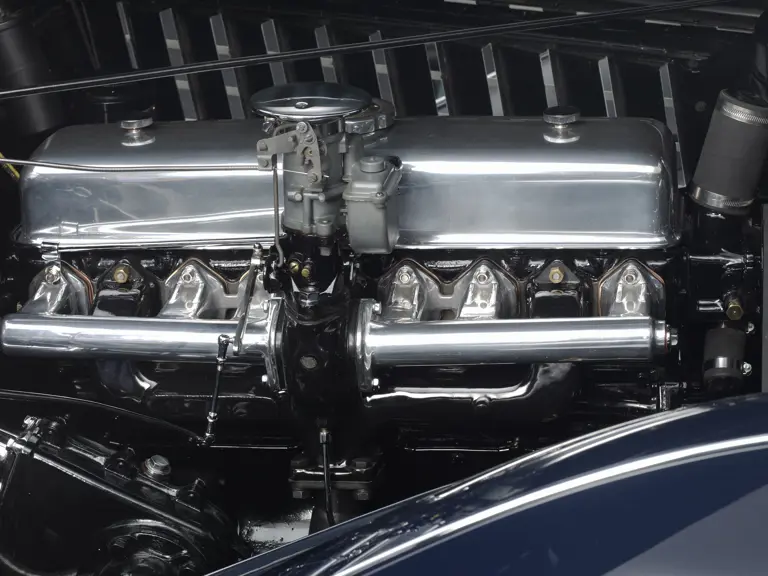
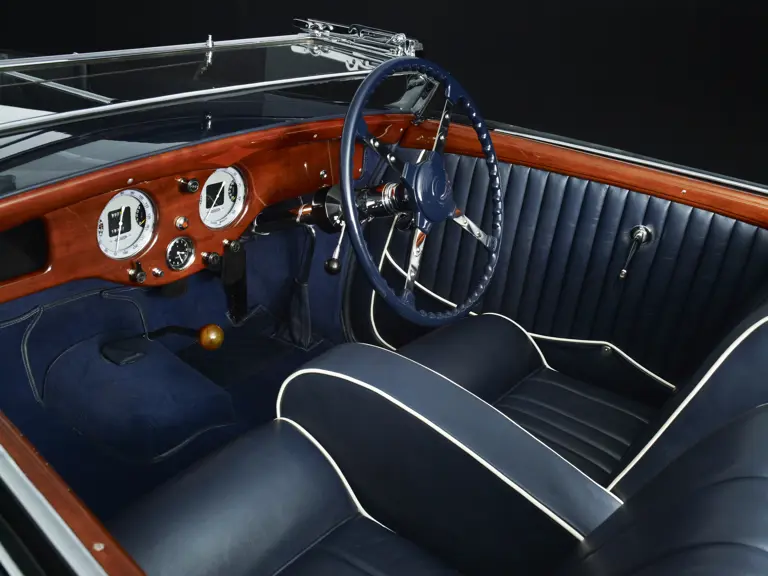
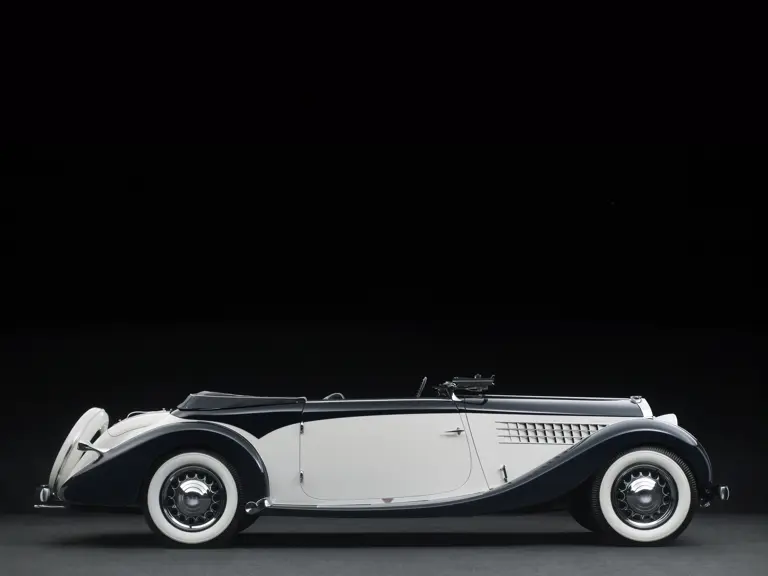
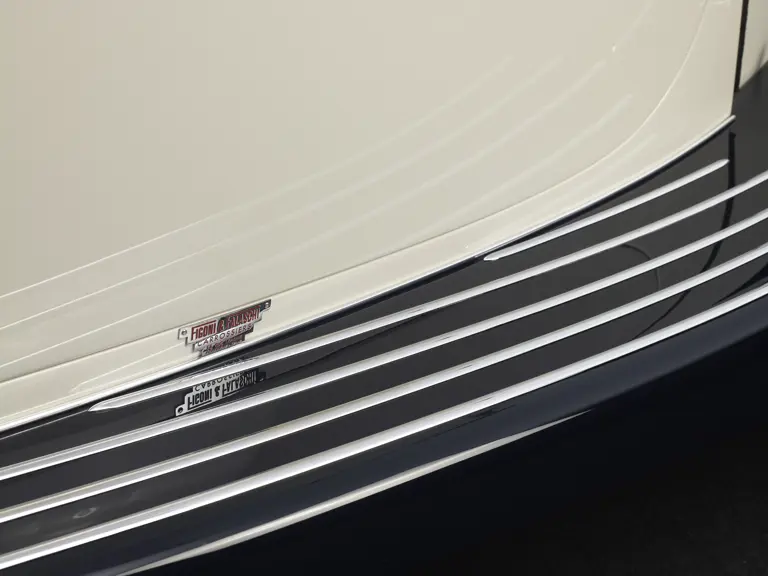

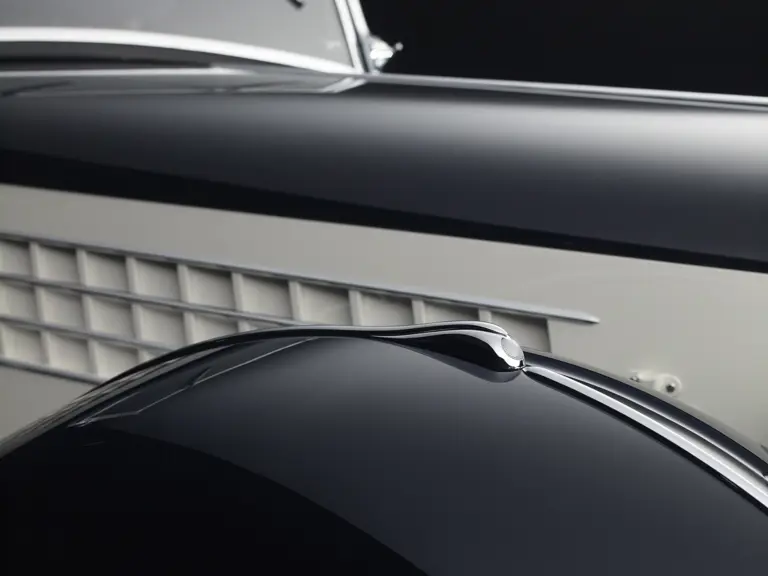


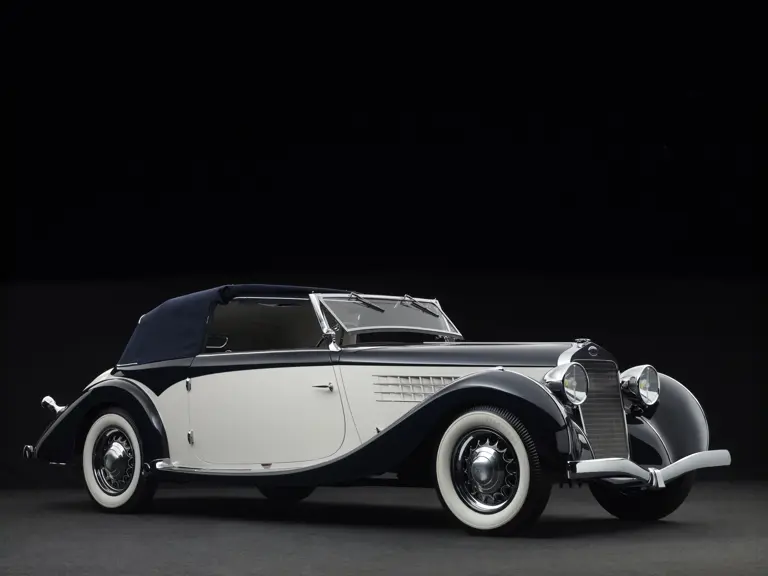
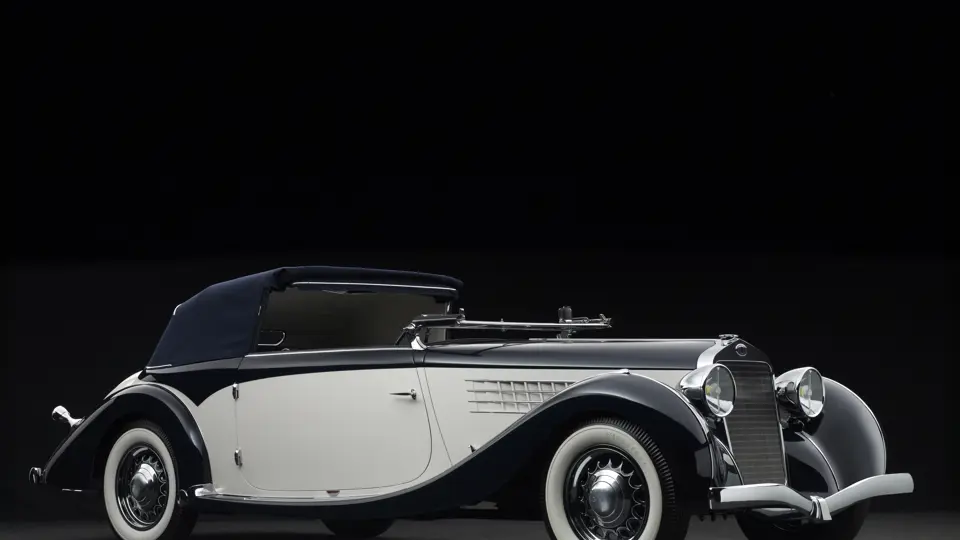
 | Monterey, California
| Monterey, California

